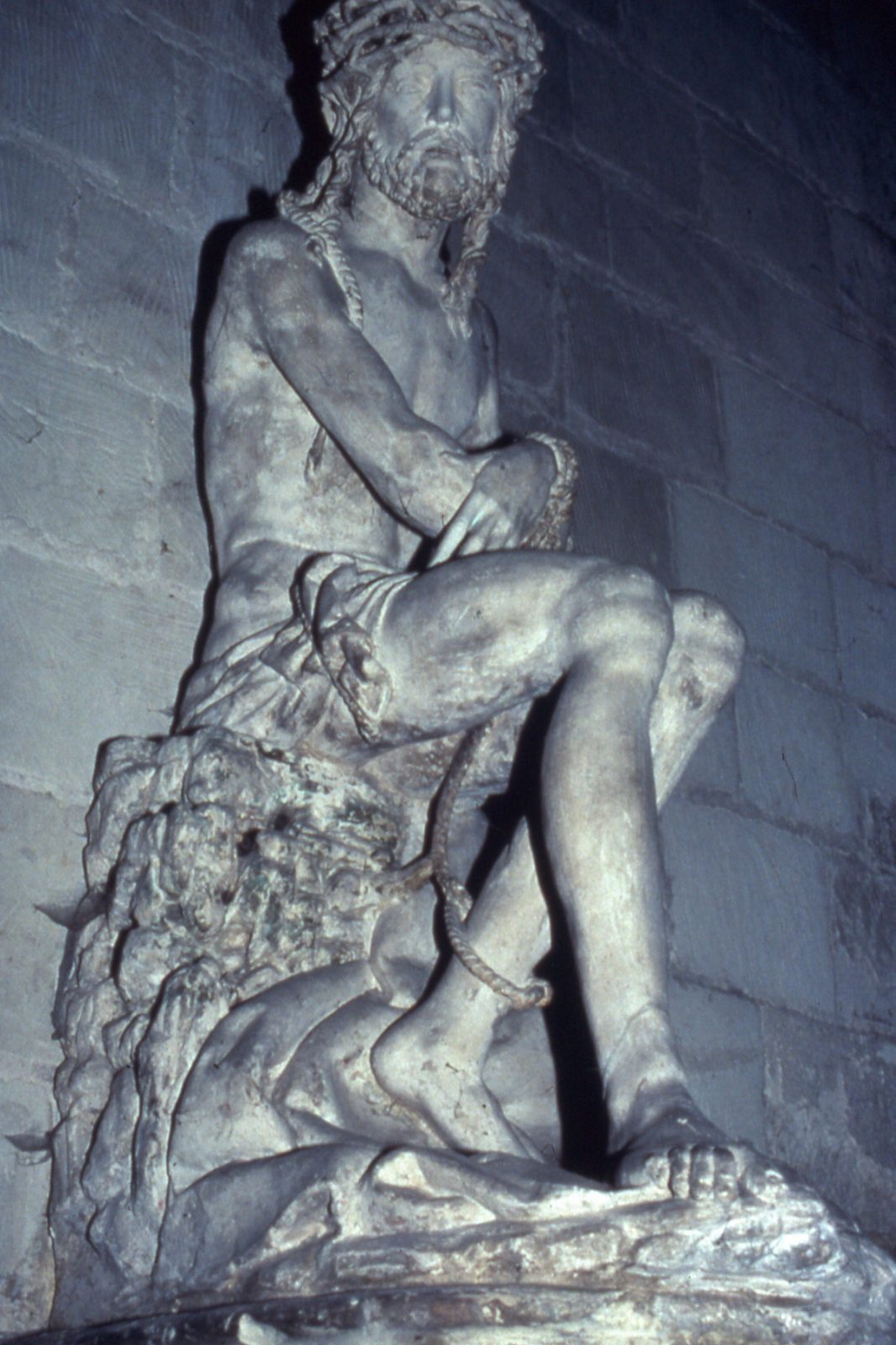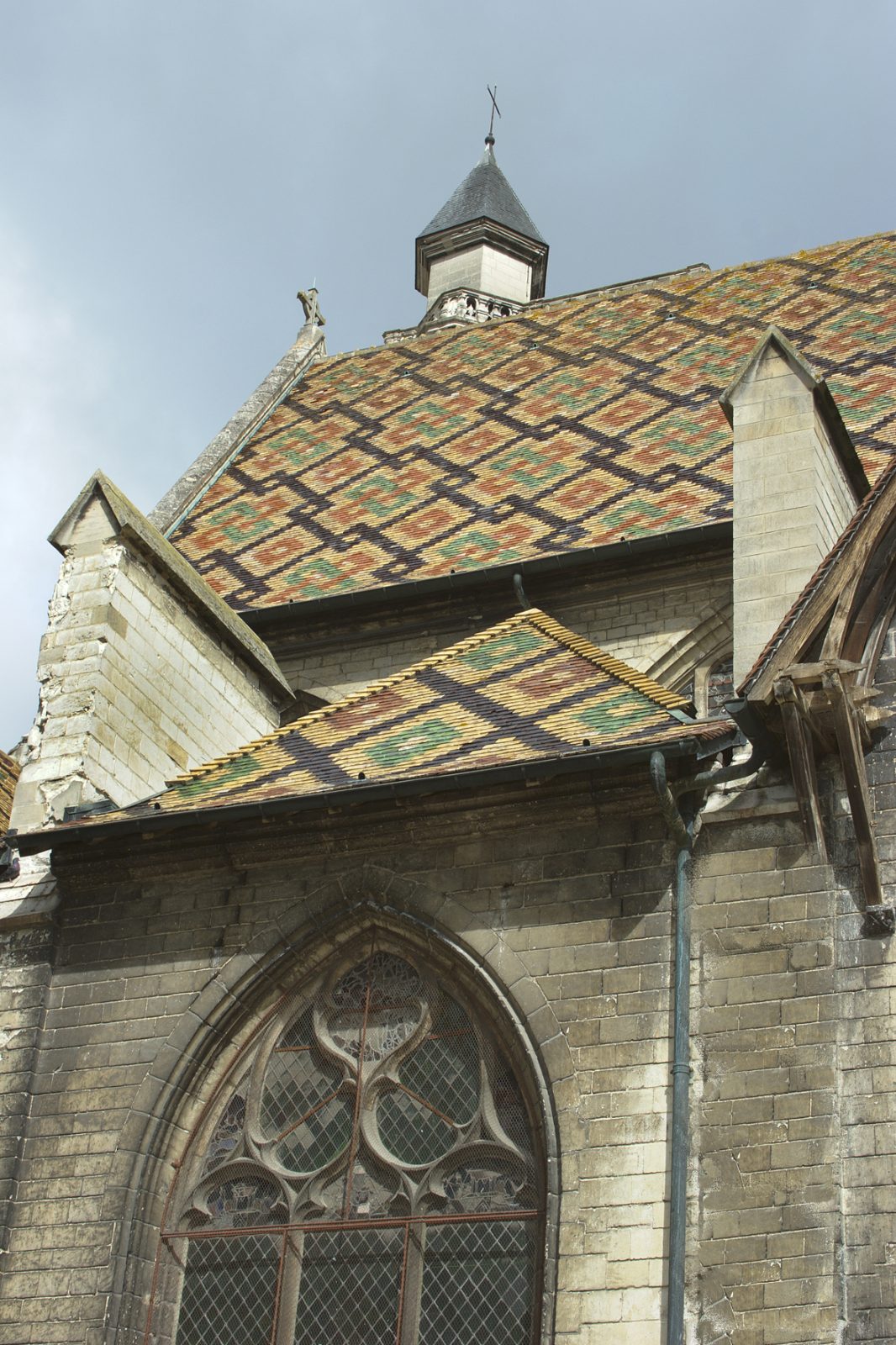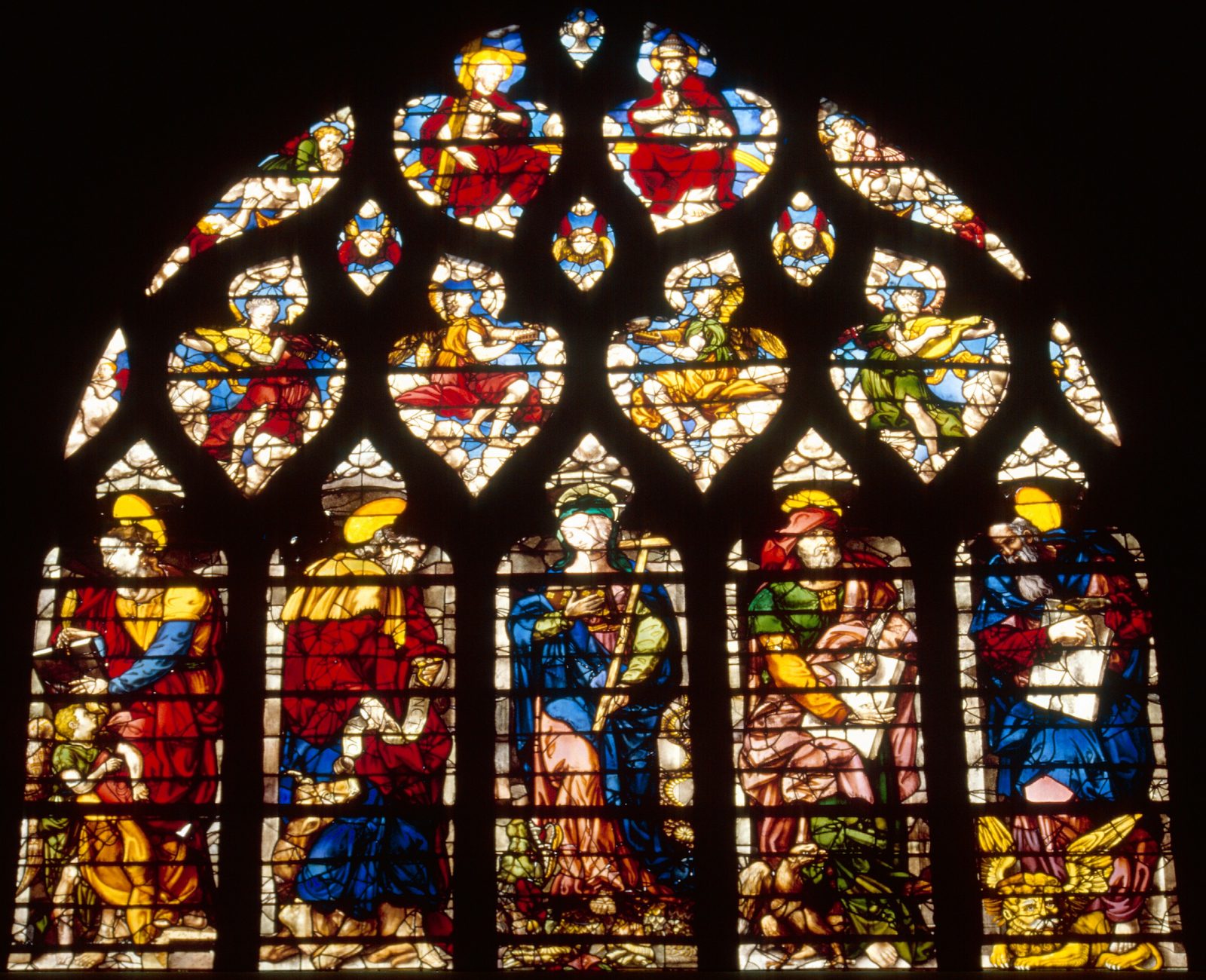About
In 582, Bishop Gallomagne brought to Troyes the relics of Nizier, primate of Lyon, who died in 573 and was highly venerated in the region.
He moved them to the church of Saint-Maur, built in the late 5th century and renamed Saint-Nizier. The current church dates from the 16th c., with its square tower completed around 1619. One of the bells seen at the top of the tower is the only vestige of the Porte Saint Jacques (now rue Kléber), one of the city's oldest fortified gates, destroyed in 1832.
The remarkable glazed tile roof evokes the Burgundian style.
Inside, the church's Gothic aisles are of an impressive size and clarity. The stained glass windows, an exceptional collection by the Trojan School, illustrate subjects from the Old and New Testaments, as well as Trojan history and legends. Several anonymous sculptures date from the early Renaissance, including a Entombment (far right), a polychrome Pietà (far left) and the famous Christ of Pity (3rd chapel on the left).
The Place Saint-Nizier, redeveloped in 2001 as a pedestrian zone, is paved with Etrochey stone (Burgundy). In the gardens, three bronzes have been installed, based on plaster casts from the Musée Saint-Loup, by famous Aube sculptors: Le chanteur florentin by Paul Dubois, Oreste sur l'hôtel de Pallas by Pierre-Charles Simart and L'Enfant à la fontaine by Alfred Boucher.
Nearby, you'll find a number of restored 16th-century half-timbered houses, including the Maison du Dauphin, one of the oldest in Troyes!
Opening
Rate
Gratuit




